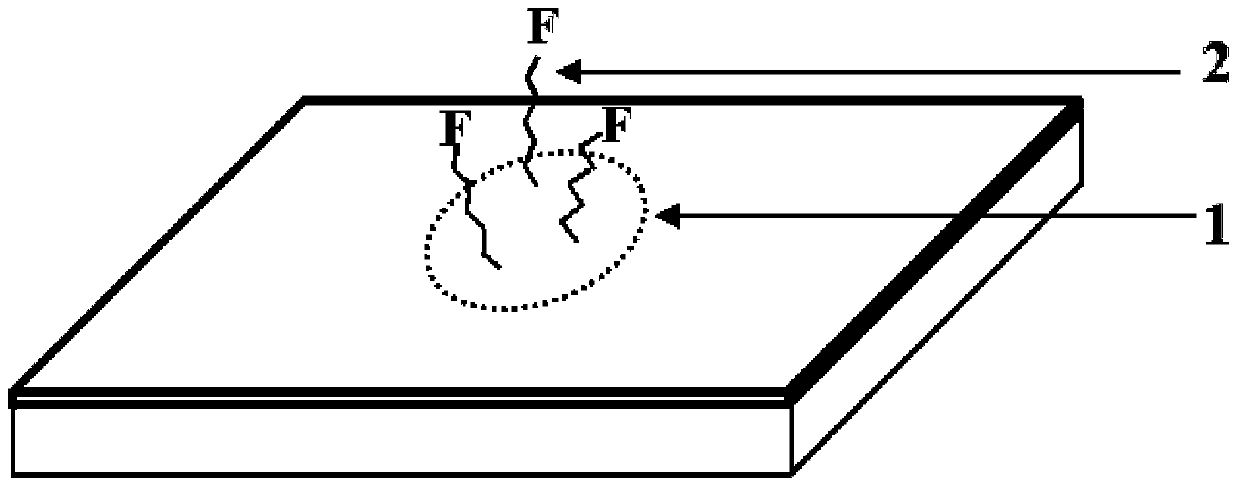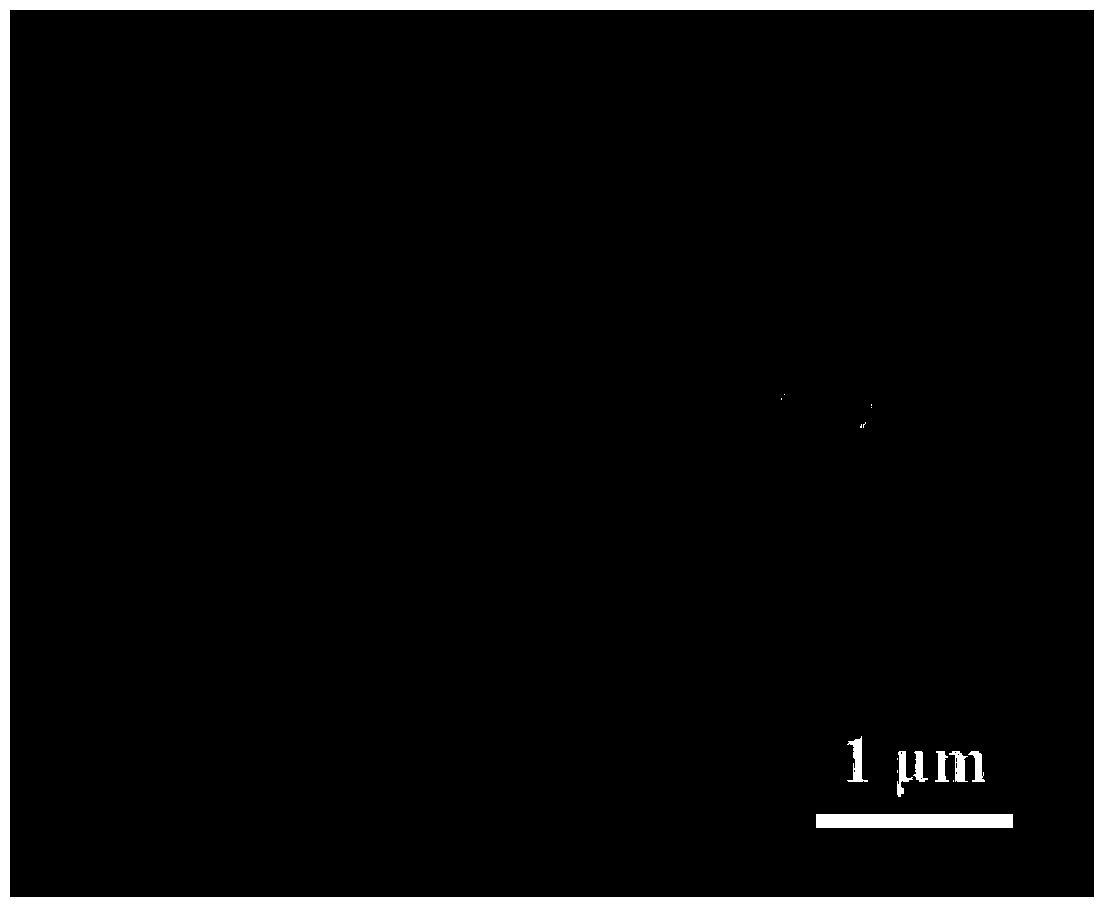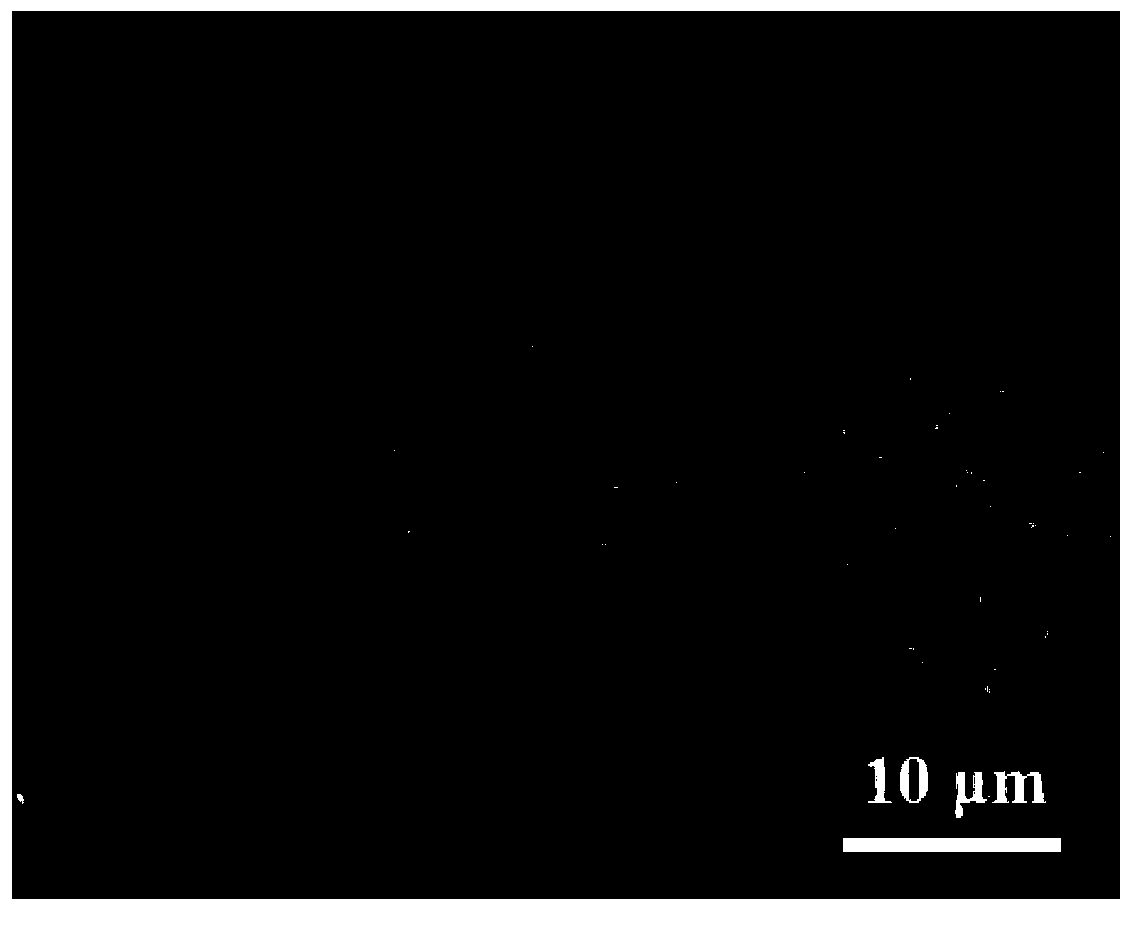Functional micro-well chip for trace detection on nucleic acid molecules and preparation method of functional micro-well chip
A nucleic acid molecule and functionalization technology, applied in biochemical equipment and methods, bioreactors/fermenters for specific purposes, biochemical instruments, etc. Irregular points and other problems, to achieve the effect of pollution-free preparation process, regular sampling points, and lower detection limit
- Summary
- Abstract
- Description
- Claims
- Application Information
AI Technical Summary
Problems solved by technology
Method used
Image
Examples
Embodiment 1
[0029] (1) Soak 2×1 square centimeter glass pieces in hot Piranha solution (98% concentrated sulfuric acid / 30% hydrogen peroxide, V / V=7:3) for 1 hour. After cooling, ultrasonically clean with acetone, ethanol, and deionized water for 10 minutes, respectively. Finally, blow it off with nitrogen and dry it in a drying oven; light the candle (avoid using the wax head for new candles, and do not use the wax tail for too short candles). After the flame is stable, use tweezers to pick up the clean glass piece at a constant speed ( 2cm / s) over the stable burning flame and repeatedly translate 15 times, the glass surface will physically deposit a layer of carbon nanoparticles uniformly distributed with a thickness of about 19 microns. Take two small beakers of 5 ml, add 2 ml of tetraethoxysilane to one of them and add 2 ml of ammonia to the other, then put the glass sheet with deposited carbon nanoparticles and the two small beakers into the desiccator respectively, after sealing Put...
Embodiment 2
[0042] (1) Soak 2×1 square centimeter glass pieces in hot Piranha solution (98% concentrated sulfuric acid / 30% hydrogen peroxide, V / V=7:3) for 1 hour. After cooling, ultrasonically clean with acetone, ethanol, and deionized water for 10 minutes, respectively. Finally, blow it off with nitrogen and dry it in a drying oven; light the candle (avoid using the wax head for new candles, and do not use the wax tail for too short candles). After the flame is stable, use tweezers to pick up the clean glass piece at a constant speed ( 2cm / s) over the stable burning flame and repeatedly translate 7 times, the glass surface will physically deposit a layer of uniformly distributed carbon nanoparticles with a thickness of about 10 microns. Take two small beakers of 5 ml, add 2 ml of tetraethoxysilane to one of them and add 2 ml of ammonia to the other, then put the glass sheet with deposited carbon nanoparticles and the two small beakers into the desiccator respectively, after sealing Put ...
Embodiment 3
[0055] (1) Soak a 2×1 square centimeter quartz plate in hot Piranha solution (98% concentrated sulfuric acid / 30% hydrogen peroxide, V / V=7:3) for 1 hour. After cooling, ultrasonically clean with acetone, ethanol, and deionized water for 10 minutes, respectively. Finally, blow it off with nitrogen and dry it in a drying oven; light a candle (avoid using a wax head for a new candle, and do not use a wax tail for a candle that is too short), and after the flame is stable, use tweezers to pick up a clean quartz piece at a constant speed ( 2cm / s) over the stable burning flame and repeatedly translate 9 times, the quartz surface will physically deposit a layer of carbon nanoparticles uniformly distributed with a thickness of about 12 microns. Take two 5ml small beakers, add 2ml of tetraethoxysilane to one of them and add 2ml of ammonia water to the other, then put the quartz sheet with deposited carbon nanoparticles and the two small beakers into the desiccator respectively, after se...
PUM
 Login to View More
Login to View More Abstract
Description
Claims
Application Information
 Login to View More
Login to View More - R&D
- Intellectual Property
- Life Sciences
- Materials
- Tech Scout
- Unparalleled Data Quality
- Higher Quality Content
- 60% Fewer Hallucinations
Browse by: Latest US Patents, China's latest patents, Technical Efficacy Thesaurus, Application Domain, Technology Topic, Popular Technical Reports.
© 2025 PatSnap. All rights reserved.Legal|Privacy policy|Modern Slavery Act Transparency Statement|Sitemap|About US| Contact US: help@patsnap.com



